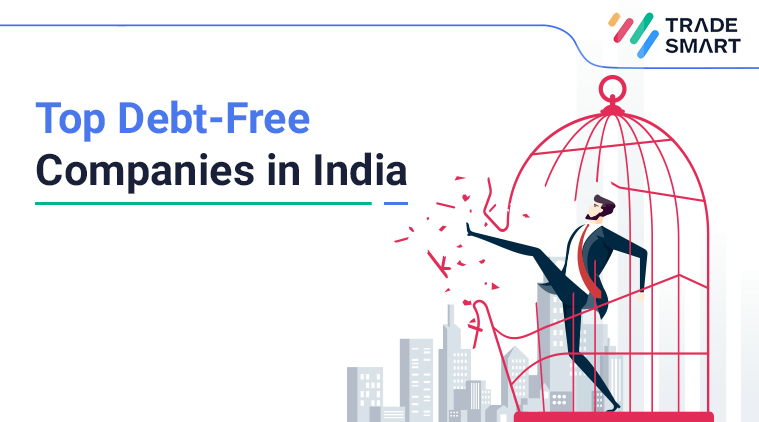
A company requires capital to conduct its daily operations and fund its long-term business activities. It needs financing to manage its operational costs or fund its expansion plans. The capital requirement is either fulfilled by the company’s own funds or by outside borrowing from banks or other financial institutions.
Companies have two options to raise capital – Equity and Debt. Raising capital through equity is a long, time-consuming and complex process. However, the company does not have to pay interest on equity. On the other hand, borrowing money for a company’s operations from financial institutions is called debt financing.
While taking a loan may not always be a bad thing, a company needs to efficiently manage its finances. Too much debt may hurt its profitability and even destroy investors’ wealth. A debt-free company could be a safer investment bet as it does not have to bear the burden of paying interest.
What is a debt-free company?
In simple terms, a company without any debt or external borrowings is a debt-free company. It is considered debt-free if there is zero debt on its balance sheet. Such companies do not have any outstanding loans and are more self-reliant. They have more control over their finances and can make quick decisions.
Debt attracts interest and hence, a debt-free company can save its cash which is generally lost on interest payments.
Advantages of being a debt-free company
Since debt-free companies do not have the burden of paying interest on loans and debts, they can improve their profitability and growth. Debt-free companies typically have strong financials and higher solvency prospects. They also remain insulated from interest rate changes.
Debt-free companies are low-risk investments and hence are preferred by investors. These companies tend to have higher dividend yields and better return on equity.
Disadvantages of being a debt-free company
As every coin has two sides, there are also some disadvantages to being debt-free. Without raising debt, the company may have to opt for equity financing for its business operations and expansion plans. Equity financing is the capital raised through the sale of shares.
The company may face higher taxation if it chooses equity financing instead of debt. A company’s interest payment is treated as an allowable expense while calculating the tax liabilities. This reduces its tax outflow to some extent. This means not having debt results in higher tax outgo and ultimately higher outflow of the company’s cash. A business needs an ample amount of cash balance to run its operations, growth and expansion. Thus, the money saved by paying lower taxes could be utilised for growth and further progress.
Further, if equity financing is preferred over debt financing, the earnings per share (EPS) ratio will also be lower. Also, investors may consider debt-free companies as being less proactive.
Let’s look at top 10 virtually debt-free companies with a market capitalization of over Rs 50,000 crore trading on Indian bourses:
| Sr No | Company | Market Capital (Crores) |
| 1 | TCS | 13,39,688 |
| 2 | Infosys | 7,35,611 |
| 3 | Hindustan Unilever | 5,05,737 |
| 4 | Divi’s Laboratories | 1,19,456 |
| 5 | SBI Life Insurance | 1,14,802 |
| 6 | Larsen & Toubro Infotech | 1,05,632 |
| 7 | Mindtree | 67,534 |
| 8 | IRCTC | 62,436 |
| 9 | Bharat Electronics | 60,208 |
| 10 | Gland Pharma | 52,575 |
Tata Consultancy Services (TCS)
Tata Consultancy Services is India’s largest IT services company and second-largest company in terms of market capitalisation. The Tata group firm operates in 149 locations across 46 countries.
The IT major reported a net profit of Rs 9,926 crore in the quarter ended March 2022 and revenue of Rs 50,591 crore.
Infosys
The second-largest IT services company in India, Infosys is also virtually debt-free. It provides business consulting, information technology and outsourcing services.
It posted a consolidated net profit of Rs 5,686 crore in Q4FY22 upon revenue of Rs 32,276 crore during the quarter.
Hindustan Unilever (HUL)
Hindustan Unilever is one of the largest consumer goods companies in India and is a subsidiary of the British major Unilever. The company offers a variety of products including foods, beverages, cleaning agents, personal care items, and other fast-moving consumer goods.
The FMCG giant reported a standalone net profit of Rs 2,243 crore on a revenue of Rs 13,092 crore for the quarter ended December 2021.
Divi’s Laboratories
Divi’s Laboratories is a manufacturer of Generic Active Pharmaceutical Ingredients (API), Nutraceutical Ingredients and offers Custom Synthesis of APIs. It offers products to over 95 countries.
The company posted a consolidated net profit of Rs 902.24 crore in Q3FY22. Its revenue from operations came in at Rs 2,493.24 crore during the said quarter.
SBI Life Insurance Company
SBI Life Insurance Company Ltd is an insurance subsidiary of India’s largest bank State Bank of India (SBI).
The company had reported total income of Rs 20,458.31 crore during Q3FY22 and posted net profit of Rs 364.06 crore.
Larsen & Toubro Infotech
Larsen & Toubro Infotech is a global technology consulting and digital solutions company with operations in 33 countries. It is the sixth-largest IT Services & Consulting company in terms of market capitalisation in the Nifty IT index.
The company had posted a net profit of Rs 612 crore and revenue from operations of Rs 4,137 crore during the third quarter of FY22.
Mindtree
Mindtree Ltd is another Larsen & Toubro Group information technology services and consulting company. The shares of Mindtree has jumped nearly 100% in last one year.
The company’s consolidated net profit in December 2021 quarter came in at Rs 437.5 crore, while its revenue was at Rs 2,750 crore.
Indian Railway Catering and Tourism Corporation (IRCTC)
IRCTC is an Indian Railways, Ministry of Railways, Government of India owned corporation that has the monopoly business for offering ticketing, catering, and tourism services for Indian Railways.
The company’s profit after tax (PAT) jumped to Rs 208 crore in December-end quarter of FY22 while the revenue from operations was at Rs 540 crore.
Bharat Electronics
Bharat Electronics is a state-run aerospace and defence electronics firm that produces advanced electronic goods for use on the ground and in space.
The company’s order book position as on January 1, 2022, stood at Rs 56,568 crore. It posted a net profit of Rs 584.87 crore on revenue of Rs 3,660.84 crore in Q3FY22.
Gland Pharma
Recently listed Gland Pharma, which operates primarily under a business to business (B2B) model, is one of the largest injectable-focused companies. The company has global footprint across 60 countries
It had reported a consolidated profit after tax of Rs 273 crore in Q3FY22 and revenue from operations at Rs 1,063 crore.
FAQs
How to calculate total debt of a company?
Total debt of a company is calculated by adding up all its liabilities, which are categorized as short and long-term debt. It is the sum of money borrowed and is due to be paid.
Total Debt = Long Term Liabilities + Current Liabilities
What is Short-term debt?
Short-term debt is a small tenure liability of the company that needs to be paid as soon as possible or before a 12-month period has passed. This includes accounts payable, wages payable, Short-term notes, Bank overdraft and Cash credit.
What is Long-term debt?
Long-term debt is the loans and liabilities a company has received to operate a business. These are typically loans with long repayment periods of over 12 months.
These include capital leases, long-term loans from banks and financial institutions, bonds payable, debentures, mortgaged loans, etc.
What is Debt-to-Equity Ratio?
In simple terms, the Debt-to-Equity ratio is the ratio of the total long-term debt and equity capital of the company. It measures the relative contribution of the creditors and shareholders or owners in the capital employed in the business.
Debt-to-Equity ratio is used to assess the financial leverage and soundness of a company. It is a financial tool to know how much borrowed capital or debt can be fulfilled in the event of liquidation using shareholder contributions.
How to calculate Debt-to-Equity Ratio?
Debt-to-Equity Ratio = Total Liabilities/Total Shareholders’ Equity
Is low Debt-to-Equity ratio favourable?
A low debt-equity ratio indicates that the company is less reliant on debt and is less risky in times of increasing interest rates. From an investment viewpoint, lower debt-equity ratio is favorable and it attracts additional capital for the expansion of the business.
Disclaimer:
This article is for information purposes only and should not be considered as stock recommendation or advice to buy or sell shares of any company. Investing in the stock market can be risky. It is therefore advisable to research well or consult an investment advisor before investing in shares, derivatives or any other such financial instruments traded on the exchanges.
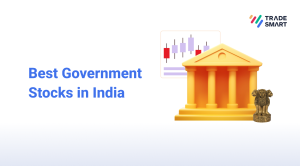
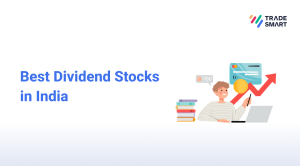
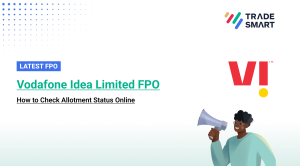
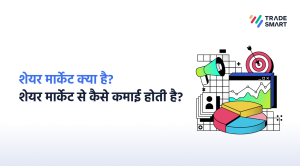
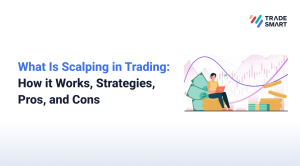
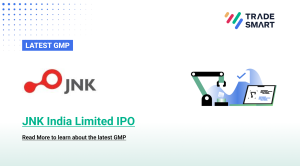
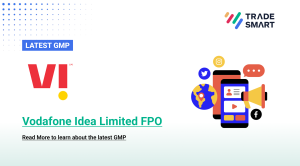
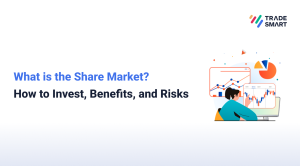
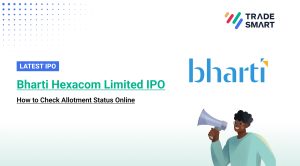
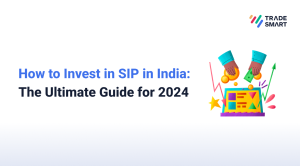


[…] Fuente […]
[…] Debt Free Companies have many benefits if you invest in the right firm. Checkout some of the best Debt Free Stocks and Debt Free Small Stocks at TradeSmart. […]